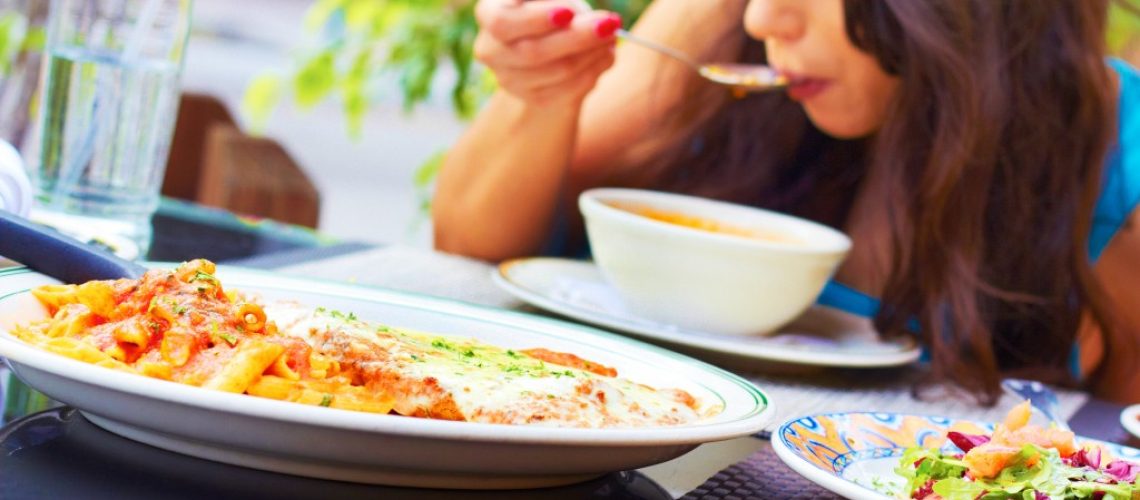The recent COVID-19 pandemic hit the restaurant industry hard. According to a report by the National Restaurant Association, the restaurant industry has already lost over $120 billion in revenue. And it’s expected to lose over $240 billion by the end of the year. Apart from losing customers and income, restaurants are also experiencing problems with retaining their workforce.
The Bureau of Labor Statistics (BLS) found that over 6.1 million jobs in the industry were lost from March to April. This is the restaurant industry’s worst employment standings since the late 80s, the association found. Because of these setbacks, over 16,000 restaurants, from popular chains to small, family-run places, had to close down, according to a recent article by ABC News.
However, some restaurants found ways to adapt to the crisis. Here are things they do survive the pandemic.
Shifting to pick up or delivery only
The Centers for Disease Control and Prevention (CDC) still discourages mass gatherings. The more people from different households gather in one place, the more likely the virus will spread. This is why a lot of restaurants have temporarily stopped providing table service. They switched gears by offering their food exclusively through curbside pickups and deliveries. This ensures that there’s little to no contact between diners and the restaurant staff.
Cash is out; contactless payment is in
 The virus that causes COVID-19 can live on surfaces for hours to even days. When a person touches that surface then their face, nose, or mouth, they could introduce the virus into their system through inhalation. This means that even bills and coins can be a medium to transmit it. Some restaurants use makeshift baskets to collect cash. Others completely went cashless. After all, online payments are much easier now with virtual credit cards and gateways like PayPal, CashApp, and Venmo.
The virus that causes COVID-19 can live on surfaces for hours to even days. When a person touches that surface then their face, nose, or mouth, they could introduce the virus into their system through inhalation. This means that even bills and coins can be a medium to transmit it. Some restaurants use makeshift baskets to collect cash. Others completely went cashless. After all, online payments are much easier now with virtual credit cards and gateways like PayPal, CashApp, and Venmo.
Social distancing is the #1 priority
Kitchens, especially in small-time restaurants, often offer little space between staff. Some places have staggered their staff’s work schedules so that only a few people come to work every day. This is on top of requiring everyone to wear a mask and wash or sanitize their hands regularly. Owners and managers are also required to create and execute protocols in case someone shows symptoms or is COVID-19 positive.
Such protocols can include contact tracing or addressing and informing people the employee recently interacted with, hiring coronavirus sanitizing service providers to clean areas the worker recently touched, and providing sick leave credits to those who need to be quarantined or get treatment.
Making the most of government aid
Fewer people are relying on restaurants for their food, mainly due to cost. In a crisis, customers prefer to save their money for emergencies. A lot of food places are already cutting costs and limiting their operations to stop bleeding cash and be able to pay their staff.
The government recently approved the Coronavirus Aid, Relief, and Economic Security (CARES) Act, which provides a $2 trillion economic relief package for U.S. businesses. Under this act is the Small Business Paycheck Protection Program (PPP), which provides forgivable loans for small enterprises to use on their employee paychecks and benefits. This can help a lot of restaurants bounce back while keeping their workers compensated throughout the pandemic.
COVID-19 has severely impacted the United States’ food industry, especially small restaurants that are beloved by their respective communities. Even though a lot of them had to, unfortunately, close down, some were lucky enough to survive through innovative methods to serve meals while keeping their staff and customers safe. With no safe vaccine in sight just yet, contactless payments, curbside pickups, and deliveries might just be the new normal that restaurants and foodies everywhere have to get used to.

